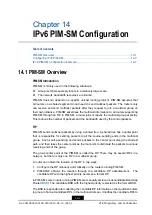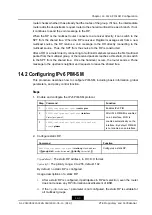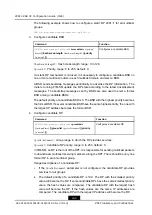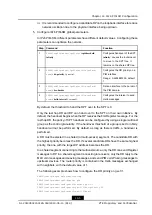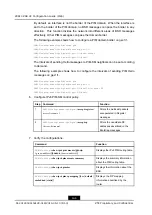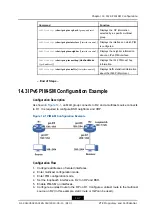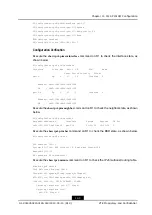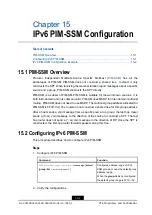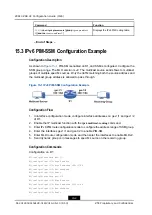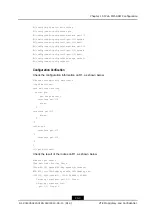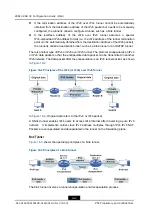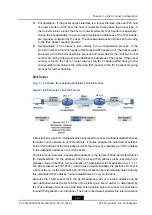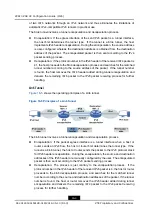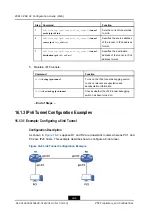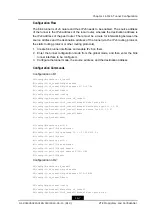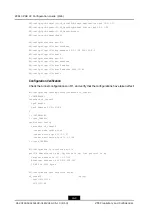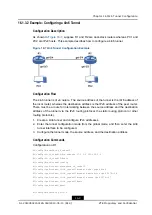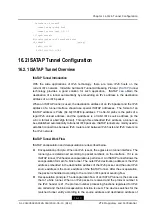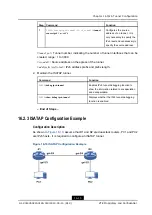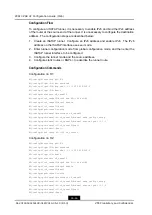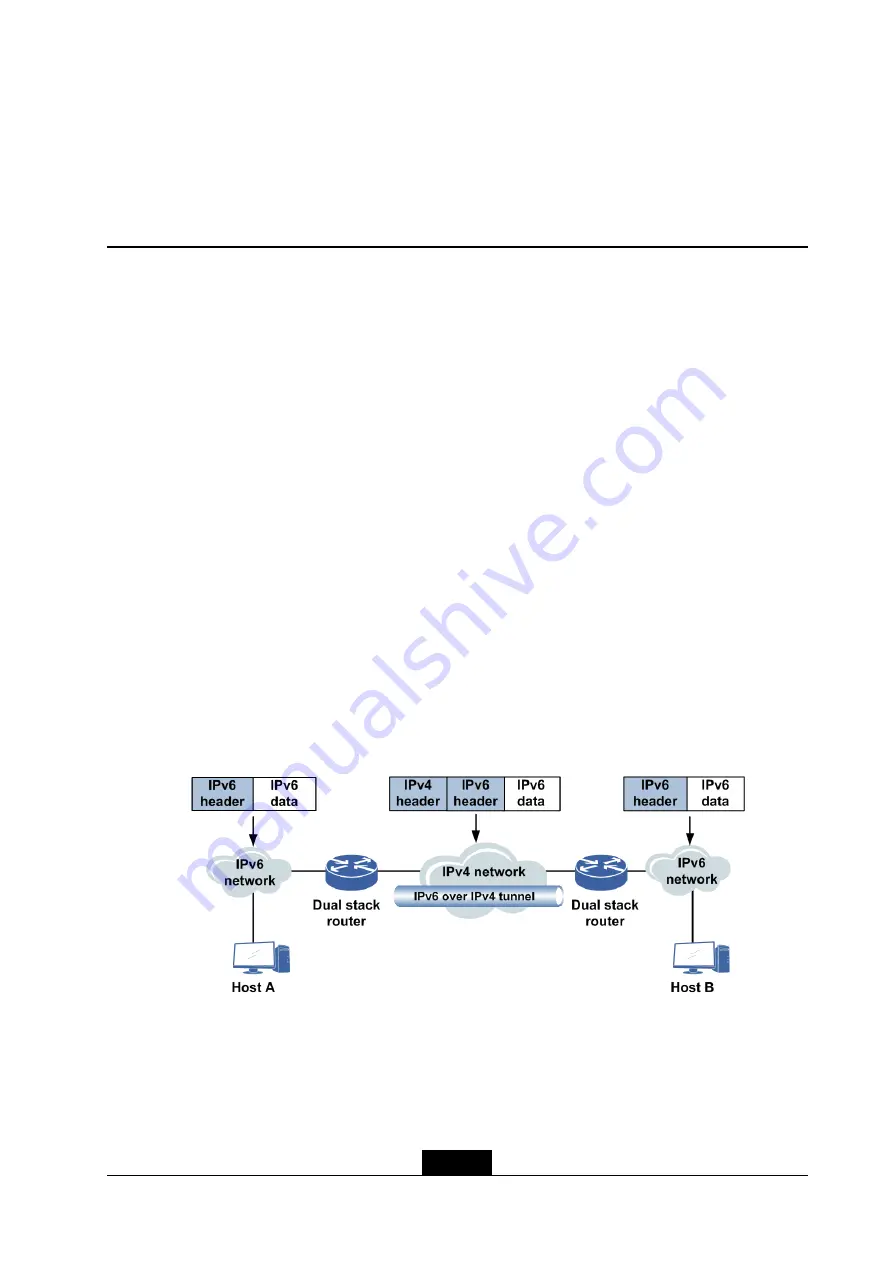
Chapter 16
IPv6 Tunnel Configuration
Table of Contents
16.1 IPv6 Tunnel Configuration
16.1.1 IPv6 Tunnel Overview
IPv6 Tunnel Introduction
Tunneling is an encapsulation technology used to transmit another network protocol
through the use of one network protocol, that is, it utilizes one network transfer protocol
to encapsulate the data packets generated by other protocols into its own packets before
the packets are transmitted in the network.
The IPv6 over IPv4 tunnel mechanism is used to add an IPv4 header in the front of the
IPv6 data packet and then transfer the IPv6 packet through a tunnel so that the IPv6
packet traverses the IPv4 network to implement the interworking between two isolated
IPv6 networks, as shown in
.
Figure 16-1 Principles of the IPv6 over IPv4 Tunnel Mechanism
An IPv6 over IPv4 tunnel can be established between two hosts, between a host and a
router, or between two routers. The termination point of the tunnel may be the ultimate
destination of the IPv6 packet, or the packet may still need to be further forwarded.
Therefore, tunnels are classified into configured tunnels and automatic tunnels based on
the ways to obtain the destination IPv4 address of a tunnel.
16-1
SJ-20140504150128-018|2014-05-10 (R1.0)
ZTE Proprietary and Confidential

